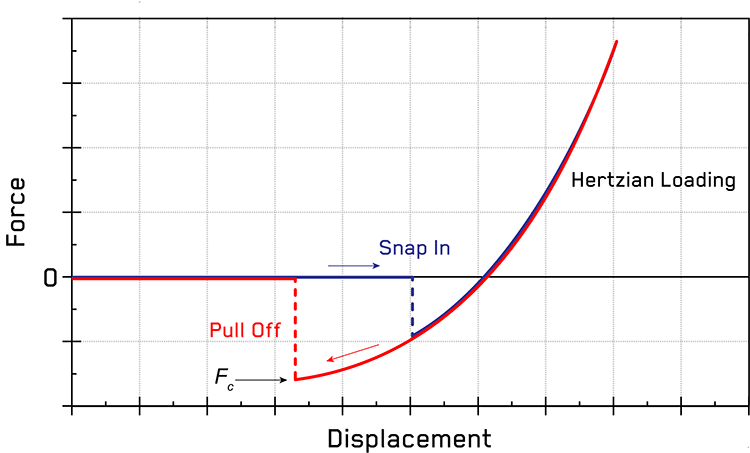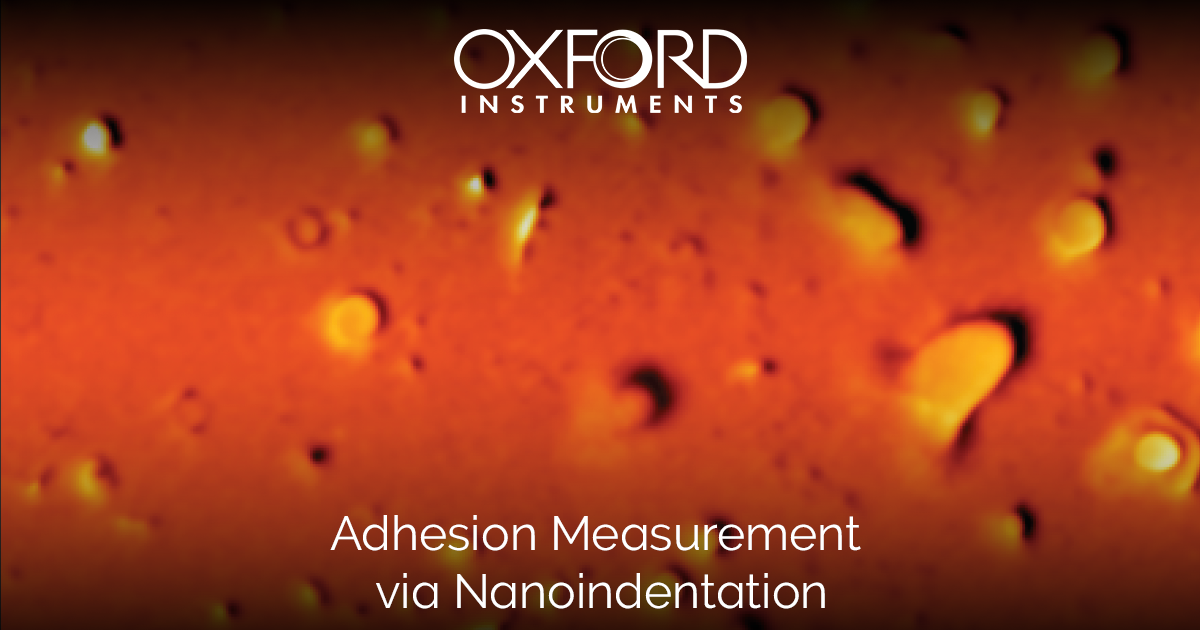Products
DEPOSITION TOOLSPlasma Enhanced Chemical Vapour Deposition (PECVD)Inductively Coupled Plasma Chemical Vapour Deposition (ICPCVD)Atomic Layer Deposition (ALD)Ion Beam Deposition (IBD)ETCH TOOLSInductively Coupled Plasma Etching (ICP RIE)Reactive Ion Etching (RIE)Deep Silicon Etching (DSiE)Atomic Layer Etching (ALE)Ion Beam Etching (IBE)
Learning



![Ideal force-displacement curves for adhesive contacts due to surface free energy, after [2].](https://www.oxinst.com/learning/uploads/inline-images/ni-an5-fig1-750-20250527152152.png) Figure 2. Force-displacement curves for the bare silicon, hydrophilic, and super hydrophilic surfaces along with their corresponding surface topologies from confocal profilometry.
Figure 2. Force-displacement curves for the bare silicon, hydrophilic, and super hydrophilic surfaces along with their corresponding surface topologies from confocal profilometry. and the DMT model is represented by
and the DMT model is represented by where the SFE of the sample is a function of the pull-off force, Fc , the tip radius, R, and the surface energy of the indenter material, . Both models assume the surface to be flat, so we will only consider the bare silicon sample in this analysis.
where the SFE of the sample is a function of the pull-off force, Fc , the tip radius, R, and the surface energy of the indenter material, . Both models assume the surface to be flat, so we will only consider the bare silicon sample in this analysis.